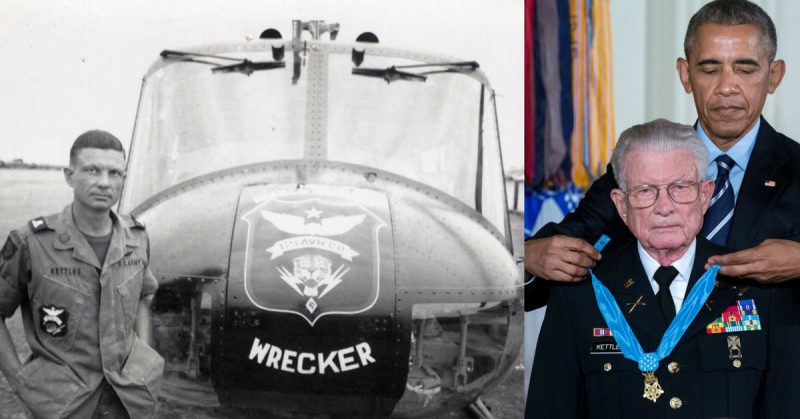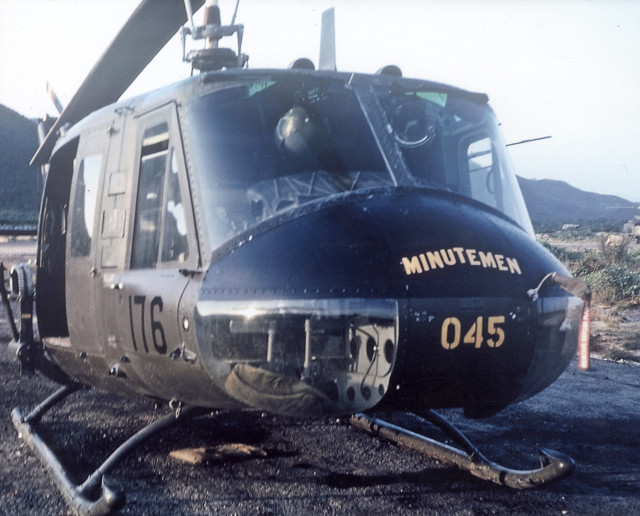The old adage of “never leaving a man behind” is often repeated in military circles and spoken with sincere emotion. However, the reality of warfare is that some men are in fact left behind due to circumstances beyond a warrior’s control. And yet, when then Major Charles Kettles spoke of leaving no man behind it appeared that he certainly meant it with the utmost conviction.
When members of the 101st Airborne Division were ambushed by a battalion-sized element of North Vietnamese troops, the call went out to drop in additional supplies and evacuate the wounded. For Major Kettles this meant flying in on his Huey under heavy enemy fire to do so. Refusing to leave until all supplies were unloaded, Kettles would then return to base only to volunteer to take the next wave of reinforcements to the landing zone.
With his Huey heavily damaged, he successfully completed his mission despite the aircraft taking multiple direct hits. When the call went out to evacuate the last 40 soldiers and abandon the position, Kettles was once again leading the way. Taking off from the heavily battered landing zone, Kettles received the shocking news that 8 soldiers were unable to make it to the chopper in time.
With no regard for his own life, Kettles turned around yet again and made one final trip bringing the last men home. And yet, it would take almost 50 years for Kettles to receive due commendation for his actions, being awarded the nation’s highest honor in 2016.
Born to Fly
Born in 1930 to an aviator father who served in both World War 1 and 2, Charles Kettles had flying in his blood and there was never any doubt he would follow the same path. Kettles was originally drafted into the army in 1953 where he would attend Officer Candidate School and receive a subsequent commission as an armor officer.
Eventually transferring to Army Aviation and after various overseas deployments, Kettles returned to Dearborn, Michigan where he would start a Ford Dealership and continue to serve in the Reserves.
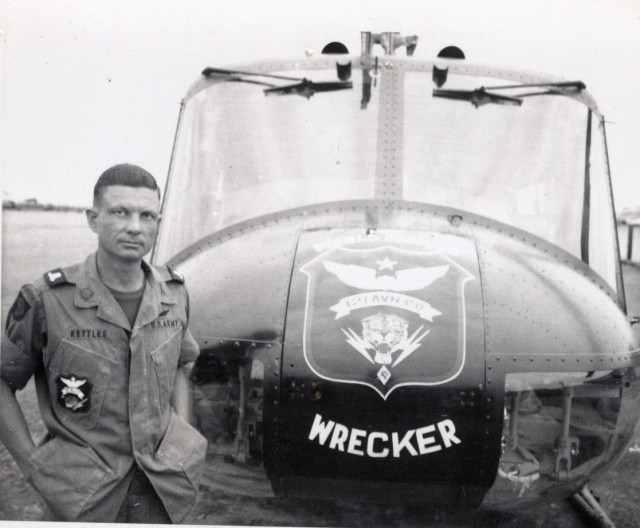
When fighting in Vietnam erupted, he answered the call for helicopter pilots in 1963 and would return to active duty. By 1967, Kettles would find himself in Vietnam as flight commander of the 176th Assault Helicopter Battalion flying the famed Huey into combat.
Remarkably, Kettles would serve as subsequent deployment to Vietnam despite having completed one of the more gallant feats by a helicopter pilot in 1967. And while his story might take some 50 years to gain national attention, what he accomplished that day commands the respect of all who have worn the uniform or studied the history of war.
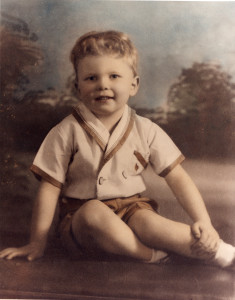
We Must Get Them
On May 15th, 1967, the word spread that members of the 1st Brigade, 101st Airborne Division had come under a heavy ambush from a battalion-sized NVA force. Small arms, machine guns, recoilless rifles, and mortars were raining down on the heavily outnumbered Americans and a call for reinforcements and supplies went out. Kettles volunteered to lead the first group of six Huey helicopters into what was certain to be a storm of enemy fire headed in their direction.
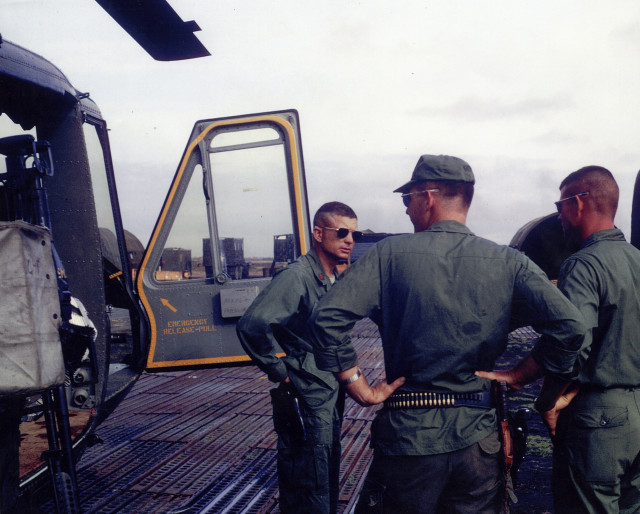
On the approach, they began to take fire and once they hit the landing zone the enemy zeroed in on the grounded Hueys. Many wanted to drop what they could and take off again, but Kettles refused. He sat there with icy nerves of steel and took the fire until all of the supplies and reinforcements were delivered, but most importantly that all the wounded were loaded up.
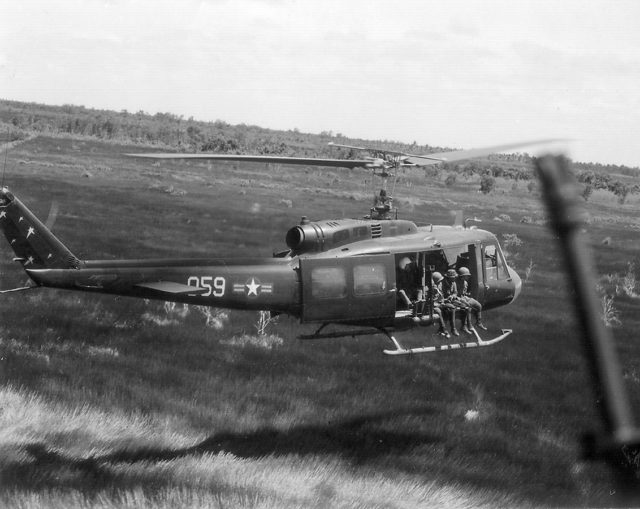
176th Aviation Company UH-1D model “Huey,” pictured in Vietnam, 1967. This is the helicopter normally flown by then-U.S. Army Maj. Charles Kettles, but it was undergoing maintenance the day of the rescue operation. (Photo courtesy of Retired U.S. Army Lt. Col. Charles Kettles)Bolstered with reinforcements and fresh supplies, the Airborne soldiers continued the fight as Kettles and his team braved the fire and headed back to base.
However, if the day was not over for the troops on the ground it would not be over for Kettles. Fully aware what he had just endured, he volunteered to lead the second wave of supplies and reinforcements over to the landing zone. Once again, Kettles would find himself dangerously exposed and braving the ambush zone he had just previously endured.
This time, his Huey would take a direct hit causing serious wounds to his gunner and damage to the helicopter. Upon taking off a second time he was notified that his Huey was leaking fuel and yet he nursed the wounded craft back to base. Having just completed two harrowing trips into the mouth of enemy fire one might think Kettles would have had every reason to call it a day.
But the enemy had another plan and Kettles would again be called into action.
No Man Left Behind
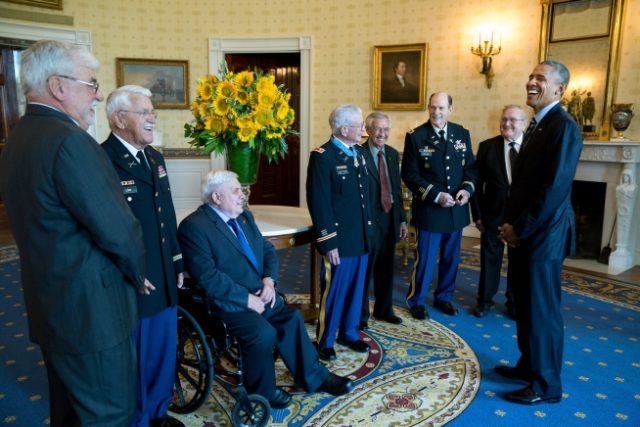
As the firefight on the ground worsened, the battalion commander called for an immediate extraction of the remaining men in the fight. Leading yet again another fleet of Hueys, Kettles headed to save the men. This time supported by gunships there was additional support as they loaded the final 40 men into the craft.
Gaining word from the other craft that all men were aboard, Kettles took off and began to head for home. But then came the harrowing word that 8 men had in fact been left behind and unable to make the lift. The gunships had already departed the area and were Kettles to return he would have to do so alone.
With everything on the line, he passed off command to another Huey and headed back for the remaining 8 men. Upon landing, the Huey was the only aircraft around and now became the centerpiece for all of the enemy fire. A mortar shell wounded the rear tail, main rotor, and shattered the front windshields. Small arms fire continued to rake the craft and yet, Kettles remained undaunted. The final 8 troops were loaded and the craft and the expert pilot now took the wounded craft and got the men home.
For his actions that day, Kettles was awarded the Distinguished Service Cross. For Kettles, it was never about the award and to this day he says his greatest pride is the fact that they got the men out alive. However, others wouldn’t let his story rest and pushed for subsequent reviews of his heroic action.
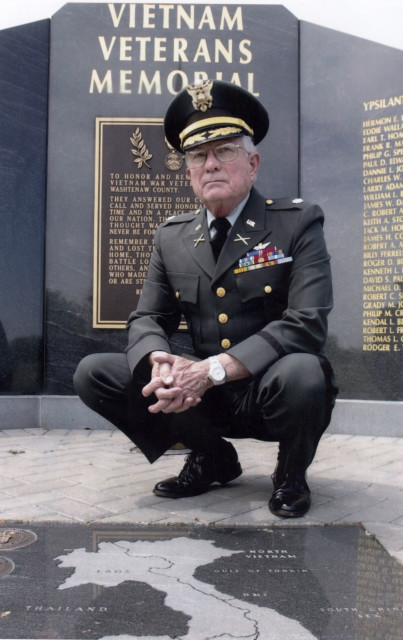
After the additional reviews, Charles Kettles was nominated and awarded the Medal of Honor for his actions in Vietnam. He will receive his award at a special ceremony on July 18, 2016.
When Charles Kettles says he’ll leave no man behind, you can trust that he means it.
